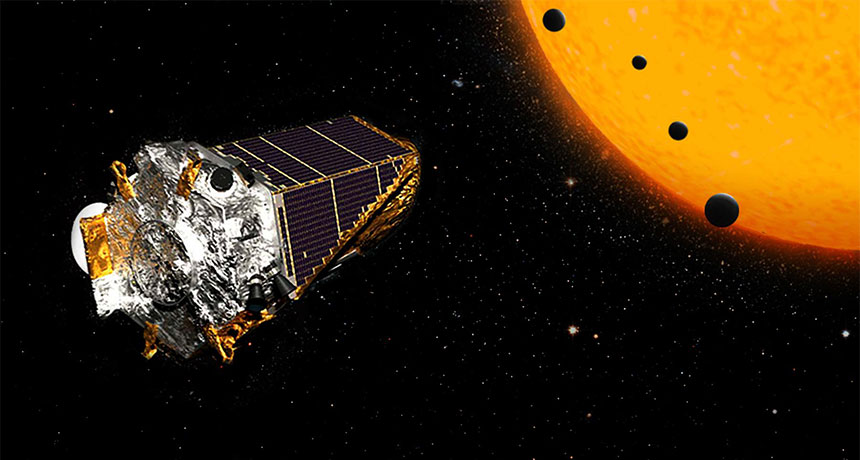Kepler tally grows: 104 more exoplanets confirmed
Space telescope’s second-life K2 mission finds grab bag of new worlds

QUITE A CACHE Four tiny rocky worlds snuggled up to a cool star (illustrated) are a small sample from the Kepler telescope’s latest haul of exoplanets.
JPL-Caltech/NASA







